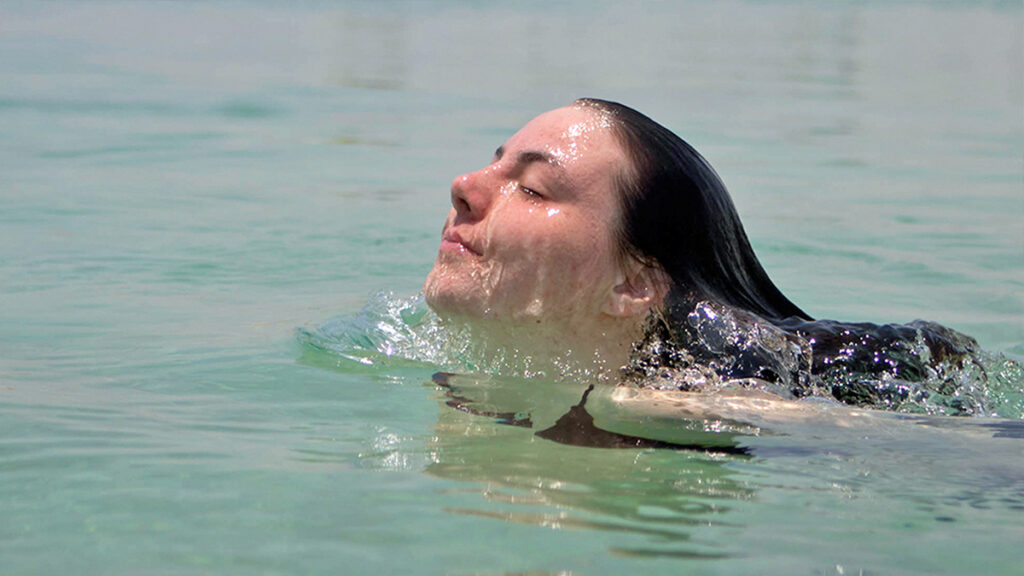In our lives we all have to deal with pain whether that is physical or mental pain. This pain can be short-lived, but it can also last for years or even be lifelong.
Pain is a feeling that we don’t want, what we want to get rid of, something we resist and fight against. You may also try to deny or even ignore the feeling.
Depending on the type of pain and possible form of professional help and treatment, there are ways to work on your own process to cope better with pain.
Types of pain - mental and physical
Physical pain: there are different types, such as; acute, Neuropathic, and chronic.
With mental or psychological pain you can think of:
Psychosomatic disorder or Psycho physiologic Disorder: hereby there are physical complaints for which adequate medical examination does not identify any somatic condition that sufficiently explains the complaint. The psychosomatic symptom emerges as a physiological concomitant of an emotional state.
Somatic symptom disorder formerly known as a somatoform disorder:
These are disorders that are displayed through physical issues. Meaning that the physical symptoms someone experiences are related to psychological factors instead of a medical cause. They meet the criteria of a worldwide psychiatric classification system in which all psychiatric disorders are described. Think, for example, of hypochondria or a conversion disorder.
Emotional pain:
For me, feelings of fear, sadness, longing, confusion, and other similar feelings, are also types of mental pain. They are emotions and feelings that you would rather not have and therefore cause suffering, pain.
When you are in physical pain, it often affects your state of mind. In fact, it turns out that the worse you experience the pain, the more severe the pain is.
If you have mental pain, it can manifest itself somewhere in your body. For example, you can have long-term physical symptoms due to psychological problems. But also short-term pain such as stomach ache from fear. Shortness of breath due to grief.
What I find a very good development is that more and more doctors and researchers don’t draw a hard dividing line between physical and mental pain (anymore). It is a (re) confirmation from the medical world that the body and the mind have so much influence on each other.
Often I also hear from clients that such a holistic approach has really made a difference. In a massage treatment, aimed at relieving physical pain, I take along the mental aspect and together we see what else someone can do themselves. With Reiki, the energy goes where it is needed, and that can be on both a physical and mental level. What makes me very happy is when I hear when people have started to adjust their lifestyle, have gained more insight into themselves, and that they have been able to let go of pain and worries more.
So, if we can’t avoid pain, we can try to deal with it better.
Dealing with physical pain, emotional pain and psychosomatic disorder
The cliche that time heals all wounds often applies. But not always. How we experience pain is a very important factor. The good news is that we can do something about this ourselves.
Keep in mind that your process goes differently and at a different pace than someone else.
This article is just a brief explanation of how to deal with pain. It is intended as an inspiration, an encouragement and idea to get started.
Besides the 6 ways below, I am convinced that physical activity and talking to someone is very important.
Any kind of exercise is good and preferably in nature and something you also enjoy doing. Talking to someone, a friend, family member, or a professional can help you get things straight, or clear and to express yourself.
The 6 points can overlap each other and are not a panacea to immediate results.
But with regular practice, you will certainly notice the positive effect, making you feel happier and better able to deal with pain and other challenges that life unfortunately gives us all from time to time.
6 ways to cope with physical and mental pain
- Acceptance
Accept the situation, the pain and the emotions. As bad as it is. Try not to push it away or deny what you feel. Allow yourself to feel what you feel. Of course this is not easy to do, but try to welcome what is happening because ‘What we resist persists.’
Accept what is and allow yourself what you feel is not the same as drown yourself in it, or using it as an excuse. - Awareness
Be aware of what you feel. Be the witness of your own body and mind. What do you really feel right now? Try to observe and be aware of what is, without going into it. If observation evokes other emotions, then try to become aware of that again, and so on.
And know that whatever you feel, it will not last forever. You are not your feelings, you have them.
What works well for me is to meditate every day for a certain period of time. Without distraction, just being in silence. Just 10 minutes every day can be enough to observe yourself properly. - Feel
Feel where the pain manifests itself in your body. If you are in physical pain, feel if there are other parts of the body you are tightening or feel painful. If you have emotional pain, in which part of the body does it manifests? When we resist our pain, often it effects our breathing and it can make you feel short of breath. Then put your hands on those parts of your body you feel the most. Be kind to yourself and try to stay present while keeping your hands on your body. No judgment, just feel. The warmth of your hands will help you to connect with that part of the body. - Affirmations
Create affirmations and repeat them to yourself daily. Affirmations are positive phrases that (re) program your subconscious mind. You use them to achieve a goal or to change a belief. Write them down, say them out loud. Even if you don’t believe it (yet). Create affirmations that are opposite to what you feel. And observe what they do to you. It may feel a bit fake at first, but this will change. “I am healthy”, “I am beautiful the way I am”, “I am a confident woman / man”, “I am safe”, “I am loved”, etc.
Affirmations are actually also a form of self-love.
For example, every few weeks I write a number of affirmations on a ‘white board’, that I read daily. This board is in the middle of room, so I can’t really get around it. After a while I rewrite it and some affirmations remain and others get replace. - Gratitude
Be grateful. Focusing your attention on what is going well in your life has a positive effect on your state of mind. This can be a very small thing, such as drinking a nice cup of tea, the sun setting so beautifully or a nice meeting.
Grab a pen and paper and write down what you are grateful for. Then add a phrase each day of what or whom you were grateful for. Especially if you feel down, it may be that what you wrote down does not make you feel happy right away, but over time you will certainly notice that gratitude has a positive effect on you. Listening to a guided meditation on gratitude can also help. - Give
Give to others. Studies indicate that in addition to doing what you love (work or hobby) and being physically active, giving is a key to feel happy. Giving is good for your health, increases trust with others and evokes gratitude. There also appears to be a link between giving and the release of a hormone oxytocin, which induces feelings of warmth, euphoria, and connection.
Sharing what you have to give can be your time, attention, love, money, and things.
Living with pain
Will we ever be completely free from pain? That chance is rather small, because if one pain disappears, another challenge will arise one day. But if we learn how to deal with it, we will suffer less. A little better every time.
It may sound a bit vague, but try to ‘welcome the pain’ and to see it as a gift to learn more about yourselves, to grow. That it is a situation that gives you the opportunity to connect more deeply with yourselves and others.
Yoga, mindfulness and vipassana meditation are forms that can help you with points 1, 2 and 3.
Because among other things, you practice awareness, mindfulness, concentration, observation and breathing. It will help you to reconnect with your body and mind and to gain insight into what is really going on.
There are also more and more scientific studies that show that meditation, gratitude, affirmations and giving have a positive effect on the brain.
Personal guidance in dealing with pain
If you want personal guidance in your process to deal with pain better, please contact me for a no-obligation conversation or for a tailor-made program.
Hi, my name is Jolinda, and I work as a massage and Reiki therapist, happiness coach and provide yoga and meditation classes.
With my blogs I hope to inspire you to make positive changes into your life. For more ideas and tips check out my page Jolindas inspiration. Free trainings and videos you can find at free downloads and videos
Would you like to be kept informed and inspired? Then sign up for my newsletter.

